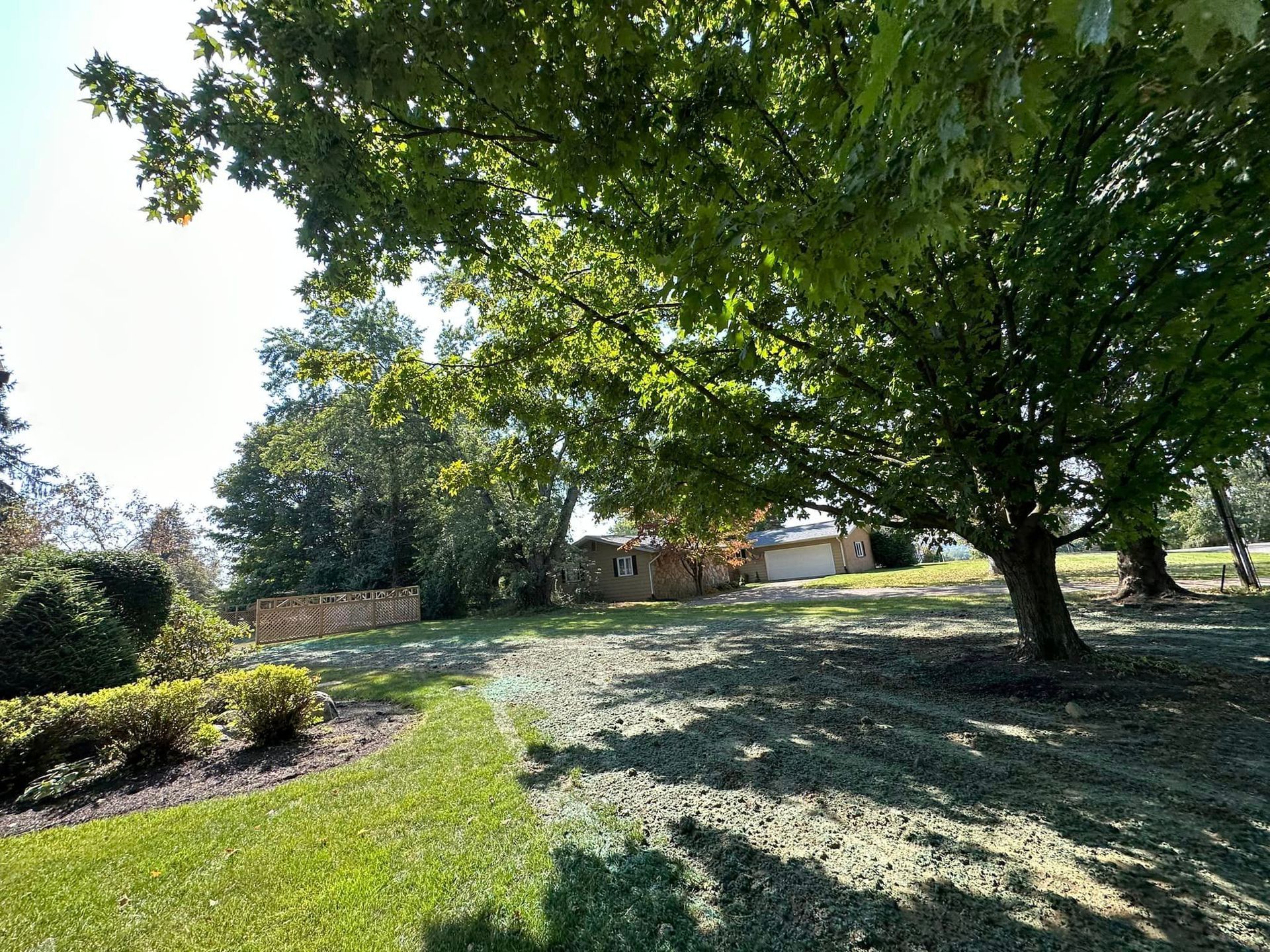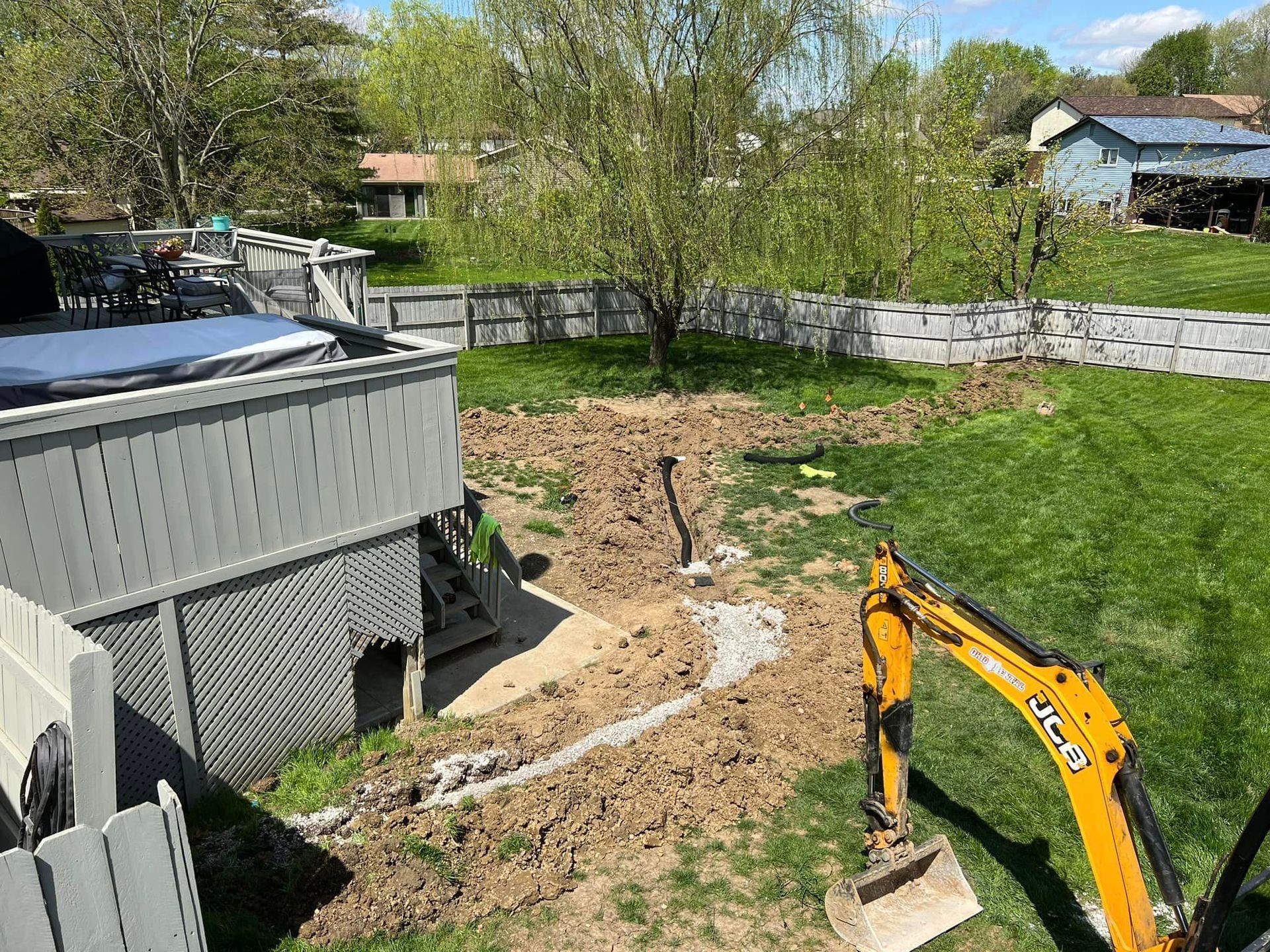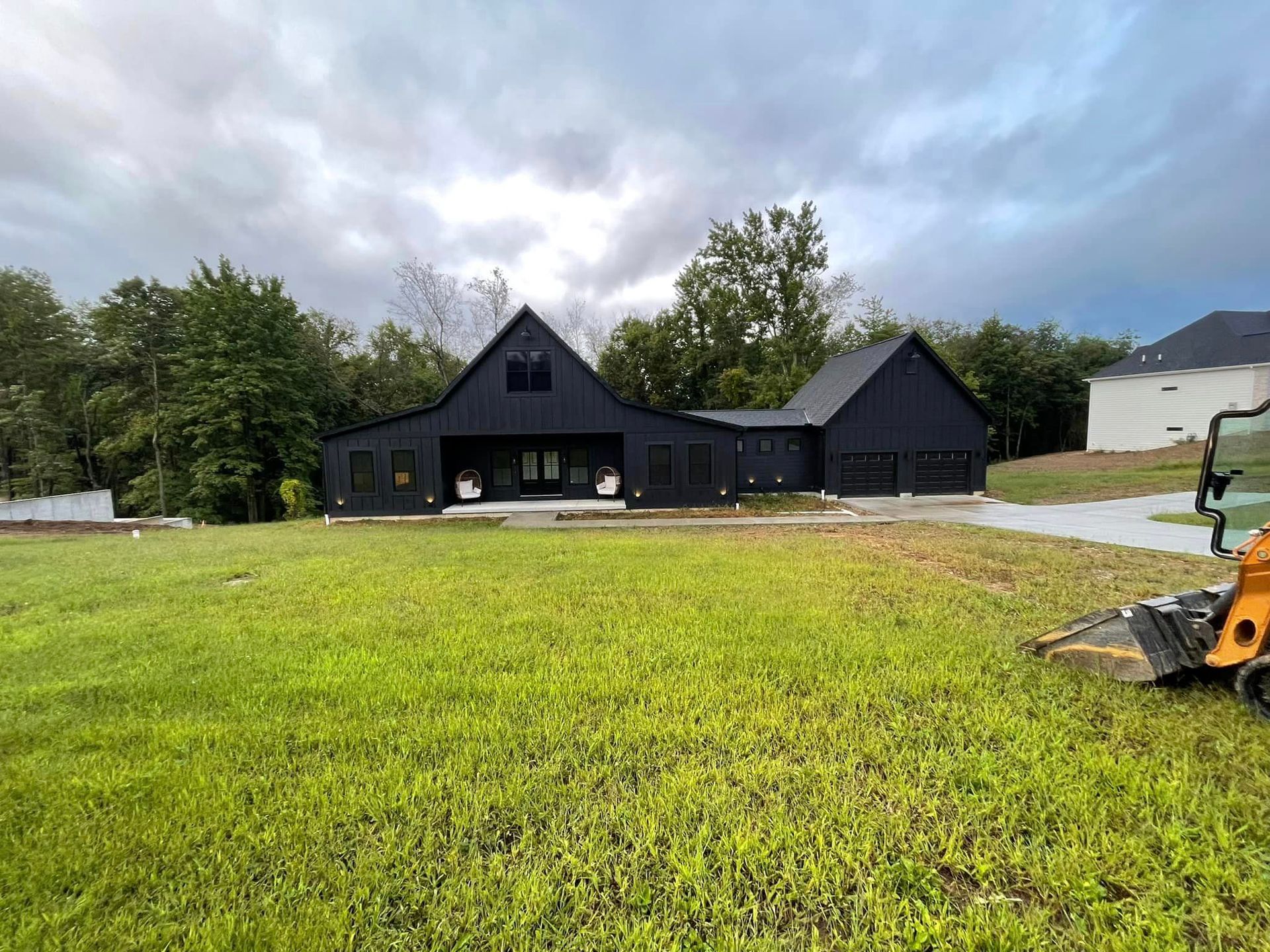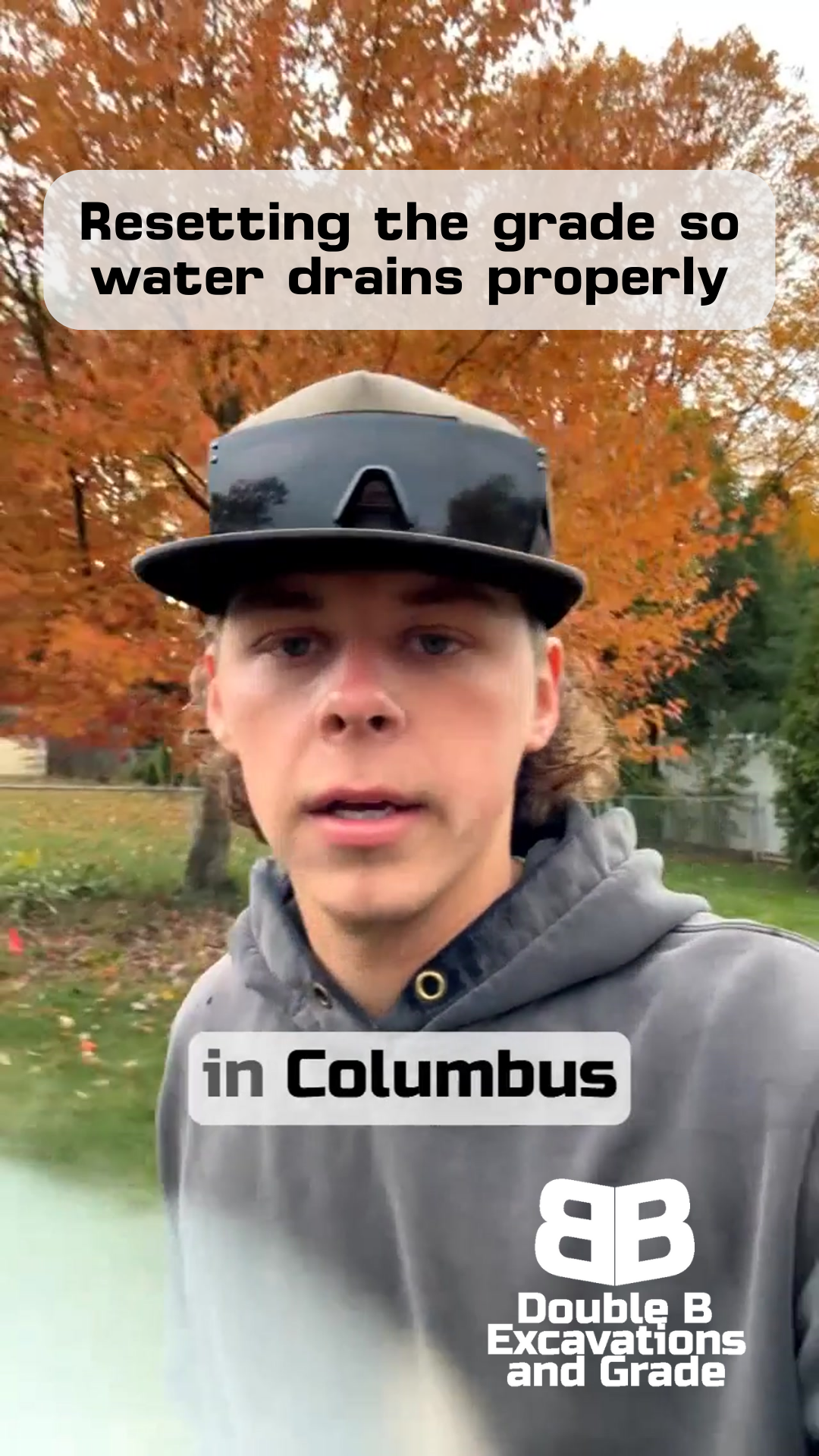Why a Simple Backflow Valve Upgrade Can Prevent Major Sewer Problems
Double B Excavations & Grade LLC
When Small Problems Become Big Headaches
WHY BACKFLOW VALVE ISSUES SHOULDN'T BE IGNORED
Nobody wants to deal with backed-up sewage in their home.
That's exactly what we found ourselves fixing this morning - a clogged backflow valve that stopped doing its job.
The homeowner had been dealing with issues for a while, and now we're five feet deep, making it right.
Here's the thing about sewer problems: they never get better on their own.
What starts as a slow drain or occasional backup can quickly turn into a major headache.
We see it all the time - homeowners hoping a problem will fix itself, only to end up with bigger, messier, and more expensive repairs down the road.
Welcome to Double B!
Understanding the Problem
Let's talk about what's really going on when your backflow valve fails. Think of this valve as your home's last line of defense against sewage backing up into your house. It's supposed to be a one-way street - everything flows out, nothing flows back in. But when that valve stops working properly, you're at risk every time you run water.
In this case, we found a failed backflow valve that wasn't opening up anymore. That's trouble for two reasons: first, it's not letting waste water flow out like it should, and second, it's creating pressure in your lines that can cause problems throughout your whole system. The evidence was right there in front of us - backed-up water that had nowhere to go.
Some folks might look at this and think, "Well, it's just a valve - how bad could it be?" But here's what we know from years of experience: a failed backflow valve isn't just about the valve itself. It's about protecting your home, your family's health, and your peace of mind. When these systems fail, they tend to fail at the worst possible times - like during heavy rains or when you've got a house full of guests.
The Upgrade Solution
When we tackle a backflow valve problem, we don't just swap out the old for the new. We're looking at upgrading the whole setup to prevent future issues. On this job, we're installing three key components: a clean-out T, a double-way backflow valve, and proper connections. Let me break down why each part matters.
The clean-out T might not sound exciting, but it's a game-changer for maintenance. Instead of having to dig up your yard every time there's an issue, this gives us easy access to clear any future clogs. The double-way backflow valve provides better protection than the old single-direction ones. And proper connections? Well, that's just us doing things right the first time.
The Installation Process
Getting five feet down in the ground isn't something you do without proper planning. There's a lot to consider - from making sure the walls of the dig don't cave in (that's why we use shoring) to checking for utilities like gas and electric lines. Thankfully on this job, we didn't need to deal with traffic control or utility conflicts, but that's not always the case.
We're lucky to have a manhole nearby on this project. That means we can safely drain everything while we work, which makes the whole job cleaner and more efficient. But even with perfect conditions, this is still specialized work that requires experience and the right equipment.
Preventing Future Issues
Here's something I wish every homeowner knew: most sewer problems give you warning signs long before they become emergencies. Strange gurgling sounds in your pipes? Slow drains throughout the house? Those aren't things to ignore.
Regular maintenance is always cheaper than emergency repairs. Once we install a system like this, you should have it checked every few years. It's like changing the oil in your car - spend a little now to avoid spending a lot later.
If you notice any changes in how your drains are working, don't wait until water's backing up into your house. The earlier we can catch issues, the simpler and less expensive they are to fix. Plus, you avoid the headache of dealing with sewage cleanup in your home - trust me, nobody wants that.
Closing
Listen, nobody gets excited about sewer work - until they need it. But having a properly working backflow system is one of those things that helps you sleep better at night. When we finish a job like this one, with the new T, double-way valve, and proper connections, we know we're leaving that homeowner with real peace of mind.
Looking Forward
The reality is, your sewer system is one of the most important parts of your home, even if it's not one you think about every day. Taking care of it properly isn't just about avoiding backups - it's about protecting your investment and your family's health.
Here's what we recommend: if you haven't had your backflow valve checked in the last few years, or if you're noticing any changes in how your drains are working, don't wait for problems to get worse. Getting ahead of these issues saves you money and headaches in the long run.
Have concerns about your sewer system? Whether you're in need of an upgrade or just want peace of mind that everything's working right, we're here to help. We'll take a look at your system and give you honest advice about what needs attention now and what can wait.
Because at the end of the day, our job isn't just about fixing pipes - it's about giving homeowners solutions they can count on. When we leave a job like today's, we know that family won't have to worry about sewer backups anymore. And that's what makes this work worthwhile.




